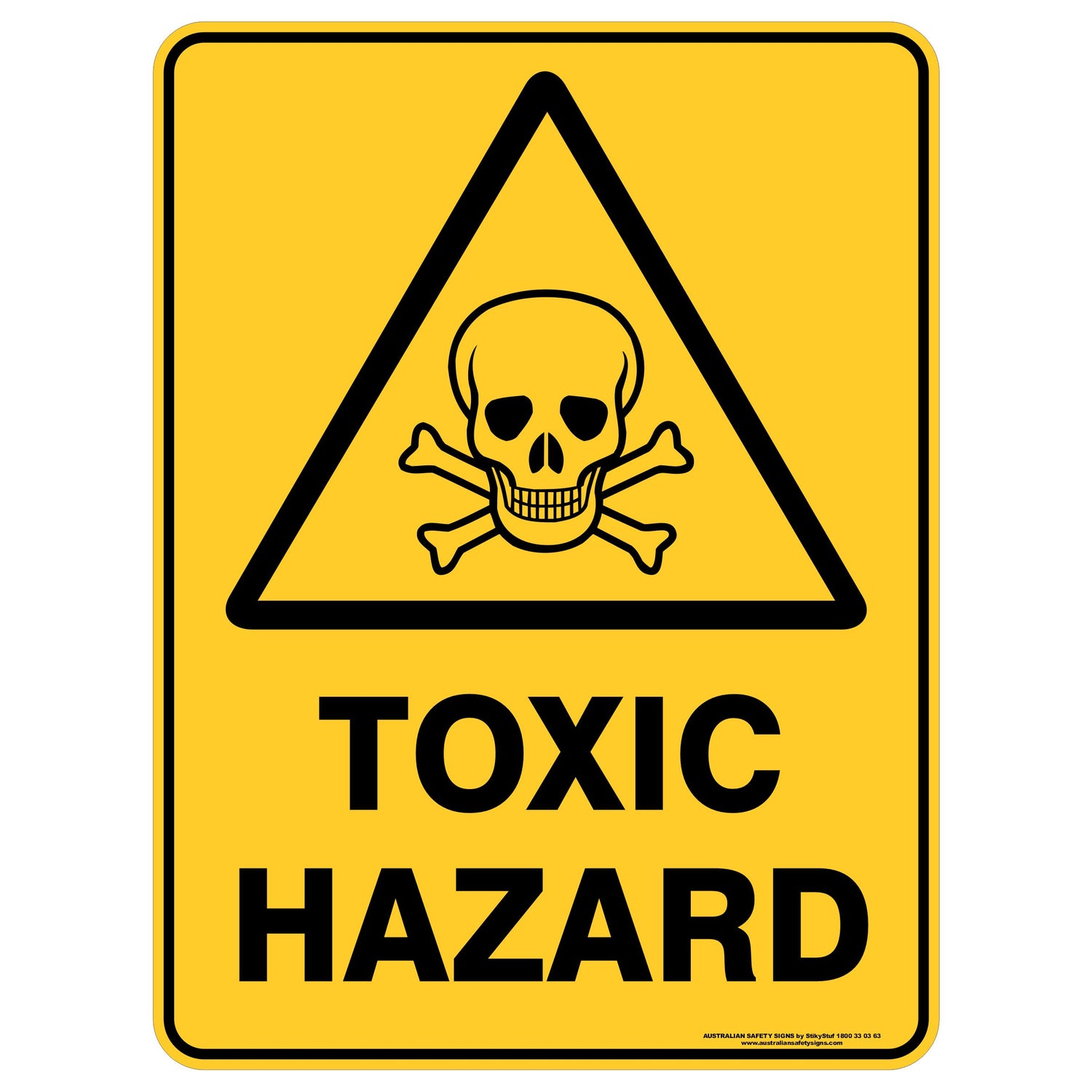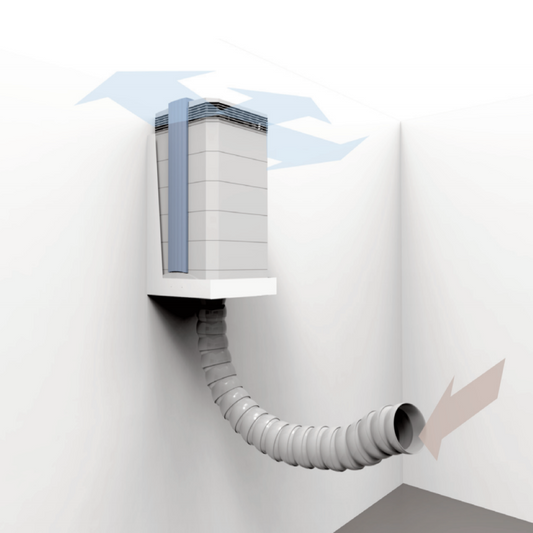
Formaldehyde Air Purifiers
Formaldehyde is a chemical that is widespread in the environment. It is produced by both natural and synthetic sources, being present in many everyday products. Formaldehyde is one of the most common indoor air pollutants. Very low levels of formaldehyde do not apparently cause any harm, but at higher levels formaldehyde is an irritant and chronic exposure may lead to cancer.



